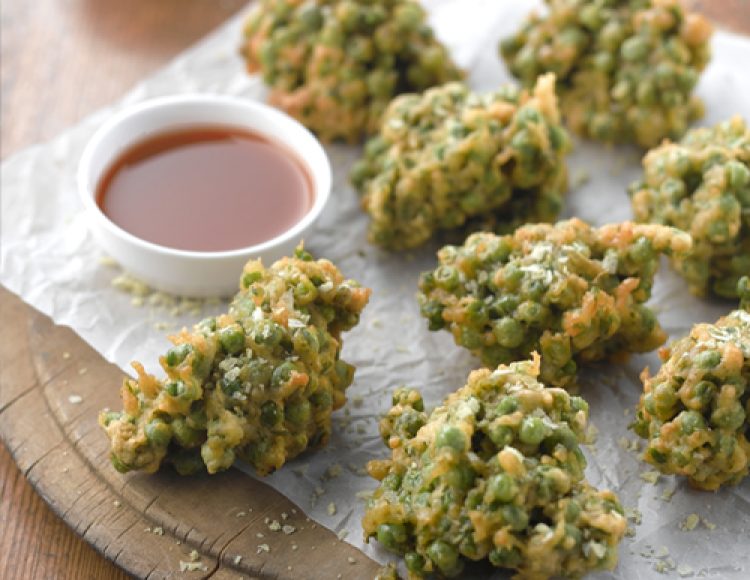Spring is finally here and it’s time to get the most out of the vibrant green vegetables. After a winter of rich and earthy root vegetables, I can’t wait for the glut of greens harvesting at this time of year. Rocket, watercress, spring greens and spinach are all in season but peas are my go-to scrumptious green.
I keep a bag of ‘emergency’ peas in my freezer all year round but it’s such a pleasure to pop fresh peas out of their pods when they are in season. My son and I will sit at the kitchen table shelling peas, trying not to eat them all before they get into the pan! The humble pea is often thought of as a simple side dish or the stuff of school dinners; not so. They are such a versatile vegetable, great for soup, salads, risotto, pasta, curries and so much more. These tiny pods are also packed with protein, dietary fibre, iron and vitamins.

Don’t forget about the rest of the pea plants, the shoots and pods of peas are tasty too. Pea shoots are readily available in supermarkets either on their own or as part of salad mixes. They have a delicate flavour, making them a delicious addition to your spring and summer salads. If you grow your own peas or buy them in pods — don’t discard the pods. They are very tough and fibrous but, with a little patience, can be turned into a lovely soup. Chop them up and swap them into your favourite blended pea soup recipe. Cook until very soft, then pass the cooked and blended soup through a sieve to remove the strings, season to taste and you’re ready to eat. The extra effort is totally worth it; it’s economical, helps reduce food waste and is super tasty!
It took a little time for me to choose a recipe to share with you — there are so many ways of using peas. I teach this recipe for Wasabi Pea Fritters as part of our street food classes and it’s one of my favourites. Students are always surprised by how interesting the final dish is when the main ingredient is peas. The sweetness in the peas provides a perfect counterbalance to the heat of the wasabi. The batter is made of a mixture of wheat and flavourings, with cornflour to lighten the mix. This can easily be adapted to a gluten-free version by using gram flour instead of plain flour in the same quantities. Wasabi powder can be a little tricky to track down but you should find it in Chinese or Asian supermarkets. You can substitute wasabi paste if you can’t find powder.
If you would like to explore more recipes like this, have a look at our World Street Food veggie classes at www.vegsoc.org/cookery






